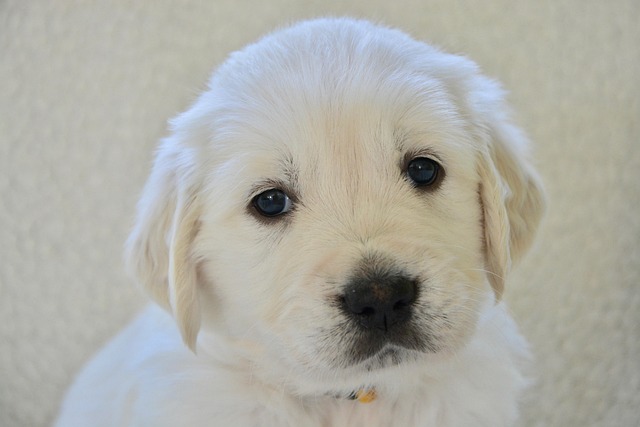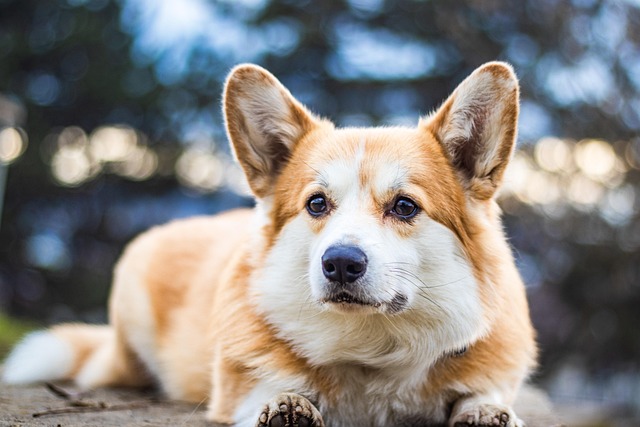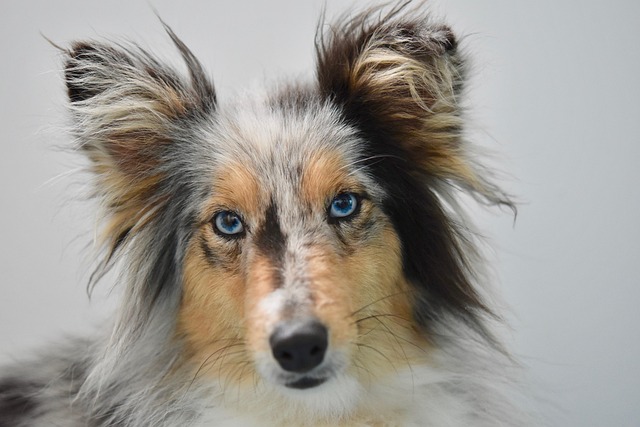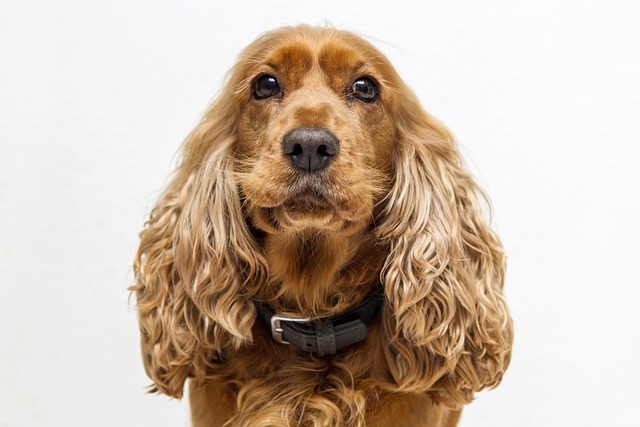Dogs have a natural instinct to pick up things with their mouths, but when that “something” is a chewed-up shoe, a toxic plant, or even a sharp object, it’s crucial to know how to get them to let go safely. The key is to turn “drop it” into a command your dog responds to eagerly, not out of fear.
Start with positive reinforcement in a calm, distraction-free space. Grab some of your dog’s favorite treats—small, bite-sized pieces work best. Let them pick up a toy they love, then hold a treat near their nose. Most dogs will open their mouth to sniff or take the treat, and that’s when you say “drop it” firmly but gently. As soon as they release the toy, praise them loudly and give the treat. Repeat this daily, and soon they’ll associate the command with something good.
Once they master the basics with toys, gradually introduce more tempting items—like a Kong filled with peanut butter or a soft fabric they like to carry. Always keep treats handy, and never chase or yell if they run off with something. Chasing turns it into a game, and yelling can make them scared to let go, which might lead to them swallowing the item out of panic.
It’s important to remember that patience is key. Puppies and rescue dogs might take longer to learn, especially if they’ve had bad experiences with having things taken away. If your dog growls or tenses up when you try to take something, stop immediately. This could be a sign of resource guarding, and pushing it can lead to aggression. In such cases, consulting a certified dog trainer who uses positive methods is a smart move—many areas require trainers to be licensed, so check local regulations to find someone qualified.
 Be mindful of what’s around your home, too. Keep cleaning supplies, medications, and small objects out of reach, especially if you have a curious puppy. Some plants, like lilies or sago palms, are toxic to dogs, so familiarize yourself with local flora that could harm them. If they do pick up something dangerous, stay calm. Use the “drop it” command, and if they don’t respond, try offering a high-value treat—like cooked chicken or cheese—to trade.
Be mindful of what’s around your home, too. Keep cleaning supplies, medications, and small objects out of reach, especially if you have a curious puppy. Some plants, like lilies or sago palms, are toxic to dogs, so familiarize yourself with local flora that could harm them. If they do pick up something dangerous, stay calm. Use the “drop it” command, and if they don’t respond, try offering a high-value treat—like cooked chicken or cheese—to trade.
In many places, laws require dogs to be under control in public, and a dog that won’t drop something could pose a risk to others or itself. For example, if you’re at a park and your dog picks up a discarded food wrapper (which might contain harmful ingredients), being able to get them to release it quickly keeps everyone safe. It’s part of being a responsible pet owner, which communities value highly.
Consistency helps reinforce the behavior. Use the same command every time—“drop it” is simple and easy to remember. Avoid mixing it up with “leave it,” which means something different (not picking it up in the first place). Practicing in different locations—your backyard, a quiet street, or a friend’s house—helps your dog learn that the command applies everywhere, not just at home.
If your dog swallows something sharp or toxic, don’t wait. Contact your vet or the local animal poison control center right away. Time is critical in these situations, and knowing basic first aid for pets can make a big difference—many communities offer free or low-cost pet first aid classes, which are worth attending.
Teaching “drop it” isn’t just about preventing messes or saving your favorite shoes. It’s about building trust between you and your dog. When they learn that letting go leads to praise and treats, they’ll be more likely to trust you in tricky situations. And that trust? It’s the foundation of a happy, healthy relationship with your furry friend.

 Be mindful of what’s around your home, too. Keep cleaning supplies, medications, and small objects out of reach, especially if you have a curious puppy. Some plants, like lilies or sago palms, are toxic to dogs, so familiarize yourself with local flora that could harm them. If they do pick up something dangerous, stay calm. Use the “drop it” command, and if they don’t respond, try offering a high-value treat—like cooked chicken or cheese—to trade.
Be mindful of what’s around your home, too. Keep cleaning supplies, medications, and small objects out of reach, especially if you have a curious puppy. Some plants, like lilies or sago palms, are toxic to dogs, so familiarize yourself with local flora that could harm them. If they do pick up something dangerous, stay calm. Use the “drop it” command, and if they don’t respond, try offering a high-value treat—like cooked chicken or cheese—to trade.



